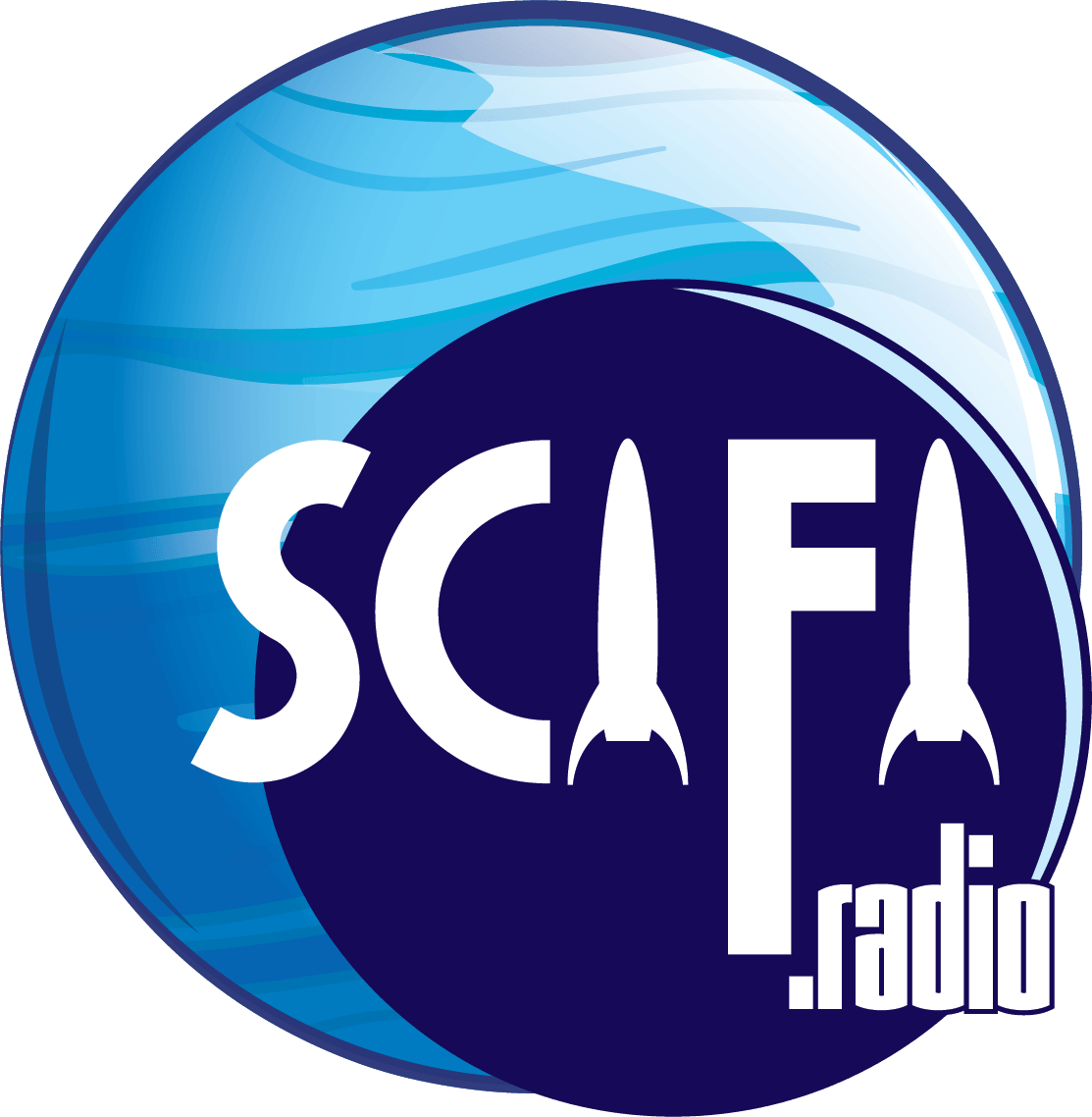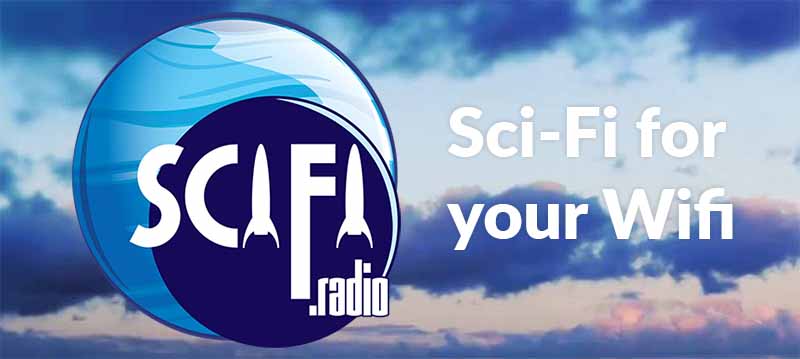Before NASA’s Dawn spacecraft slipped into orbit around Ceres earlier this month, it had spent a year doing a detailed survey of Vesta, the second largest solid bodies in the Asteroid Belt. Now the information gathered has been used to create a fascinating free web-based visualization of Vesta that lets you explore the surface of this little frozen rock ball.
When we say little, we mean in comparison to other things in the Solar System. It’s the second most massive object in the Belt, though only 28% as massive as Ceres. The density is lower than the four inner planets but higher than most of the moons and asteroids in the Solar System. The surface area is approximately the same as that of Pakistan (about 800,000 square kilometers). It spins on its axis at a rate of one full rotation every nine hours.
Because of its relatively small size, only about 329 miles in diameter, it doesn’t have quite enough mass to have pulled it into the spherical shape Ceres has. Gravity there is only about 2.5% of Earth’s. You might not be able to reach escape velocity by jumping, but you could probably knock a baseball into orbit without too much trouble. Even so, most of its mass is water.
The application has a growing selection of interactive maps, including topography, mineral composition, and geology, as well as analysis tools for measuring heights and depths of surface features. You can also download 3D printer compatible geometry files, so you can print your own physical models of Vesta’s surface. If you want to, you can even fly a first person camera over the surface of the asteroid.
Vesta Trek was developed by NASA’s Lunar Mapping and Modeling Project (LMMP), which provides mission planners, lunar scientists and the public with analysis and data visualization tools for our moon, spanning multiple instruments on multiple missions. This cool little app is the first time LMMP technology has been used on something other than Earth’s Moon. They’re working on additional web portals for other worlds in our star system as well.
“There’s nothing like seeing something with your own eyes, but these types of detailed data-visualizations are the next best thing,” said Kristen Erickson, Director, Science Engagement and Partnerships at NASA Headquarters in Washington. “We’re thrilled to release Vesta Trek to the citizen science community and the public, not only as a scientific tool, but as a portal to an immersive experience that, just by the nature of it, will allow a deeper understanding of Vesta and asteroids in general.”
The Dawn spacecraft reached Ceres on March 6, so naturally they’re going to do the same thing with Ceres that they did with Vesta, creating a new application for the web that will let us explore strange new worlds without the nuisance of having to suit up and spent years in a cramped capsule to get there.
The Lunar Mapping and Modeling Project is managed by NASA’s Solar System Exploration Research Virtual Institute, headquartered at NASA’s Ames Research Center in Moffett Field, California. LMMP’s development team is based at NASA’s Jet Propulsion Laboratory in Pasadena, California. JPL also manages the Dawn mission for NASA. LMMP is funded by and receives direction from the Planetary Science Division of NASA’s Science Mission Directorate and the Advanced Exploration Systems program in NASA’s Human Exploration and Operations Mission Directorate, at NASA Headquarters in Washington.
To explore Vesta Trek, visit: http://vestatrek.jpl.nasa.gov
For more information about the Dawn mission, visit: http://dawn.jpl.nasa.gov
To learn more about the Solar System Exploration Research Virtual Institute, visit: http://sservi.nasa.gov
– 30 –
SCIFI.radio is listener supported sci-fi geek culture radio, and operates almost exclusively via the generous contributions of our fans via our Patreon campaign. If you like, you can also use our tip jar and send us a little something to help support the many fine creatives that make this station possible.











